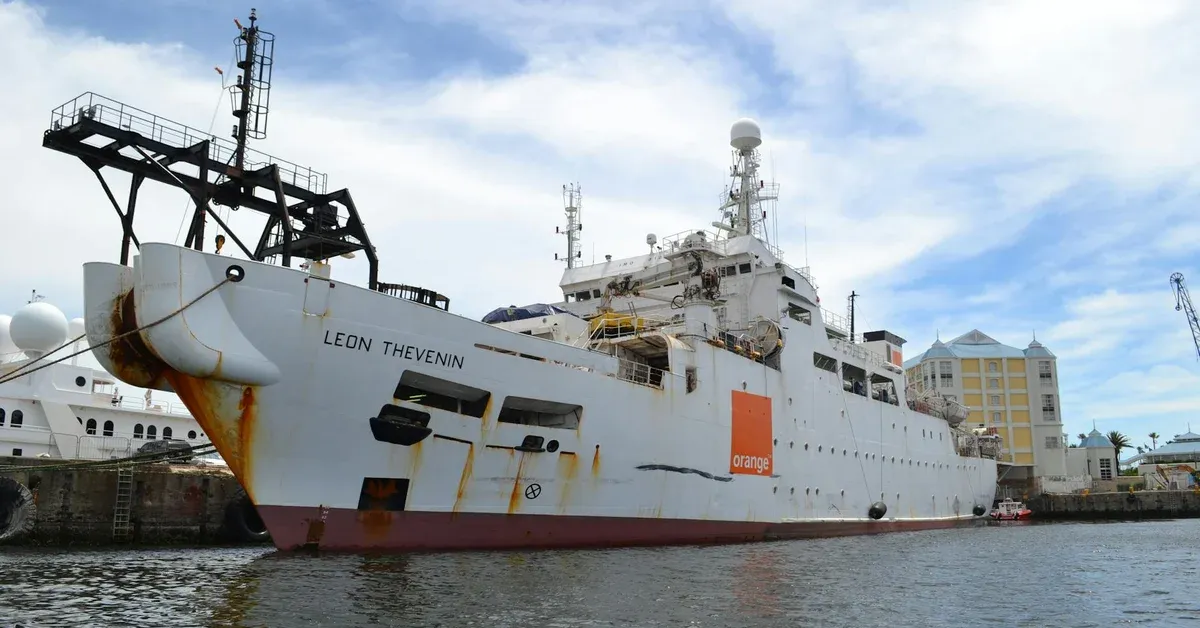
Ships Acting Like Research Vessels
Russian underwater spying has picked up recently, especially in the Atlantic. These operations target the massive network of fiber optic undersea cables that connect continents and keep the internet running. The Yantar, officially called an “oceanographic research vessel,” carries submersibles and sensors that have nothing to do with legitimate science. Intelligence reports show it repeatedly hovers over critical data cables. The ship is creating detailed maps of cable locations, weak spots, and access points. Think of it as drawing up blueprints of the internet’s physical backbone.
These Russian spy ships use advanced technology to scan the ocean floor, study different cable types, and map connection points. Security experts worry this information could be used to cut or tap these cables during conflicts or as part of broader attack strategies. The ships operate quietly, far from public attention, but their work could have serious consequences.
Why These Cables Matter So Much
Your emails, bank transactions, and streaming videos all depend on cables sitting on the ocean floor. While satellites help, over 95% of international internet traffic flows through this underwater network. Damaging just a few key cables could cause massive internet outages, crash financial markets, and disrupt emergency services and military operations.
This isn’t just theory. Fishing boats and ship anchors accidentally cut these cables regularly, causing internet problems in affected areas. But Russian ships are mapping them on purpose, turning a fragile system into a target for NATO countries.
If these cables went down, global communication would break apart. Humanitarian aid couldn’t be coordinated properly. Military commands would be delayed. This is exactly what prolonged undersea cable surveillance by Russian ships could enable. It’s a cheap way to cause expensive damage to countries that depend heavily on internet technology.
NATO Struggles to Keep Up
Watching these specialized Russian ships across huge ocean areas is extremely difficult. NATO countries, especially the UK with its strong navy, actively track vessels like the Yantar. British warships have followed the Yantar through the English Channel, an area packed with important cables.
But the Atlantic Ocean is massive, making it nearly impossible to watch everything constantly. It’s like trying to monitor an area larger than entire continents.
Defense officials openly worry about this growing threat to internet infrastructure security. They know they need better underwater surveillance, more intelligence sharing between allies, and stronger cable networks. These attacks are part of “hybrid warfare” that mixes traditional military action with cyberattacks, propaganda, and infrastructure sabotage.
Protecting against nation-state hacks and cyber espionage isn’t just about fixing software problems anymore. It’s also about stopping the physical cutting of crucial internet connections. This underwater battle for control will determine how well our connected world can survive future attacks.